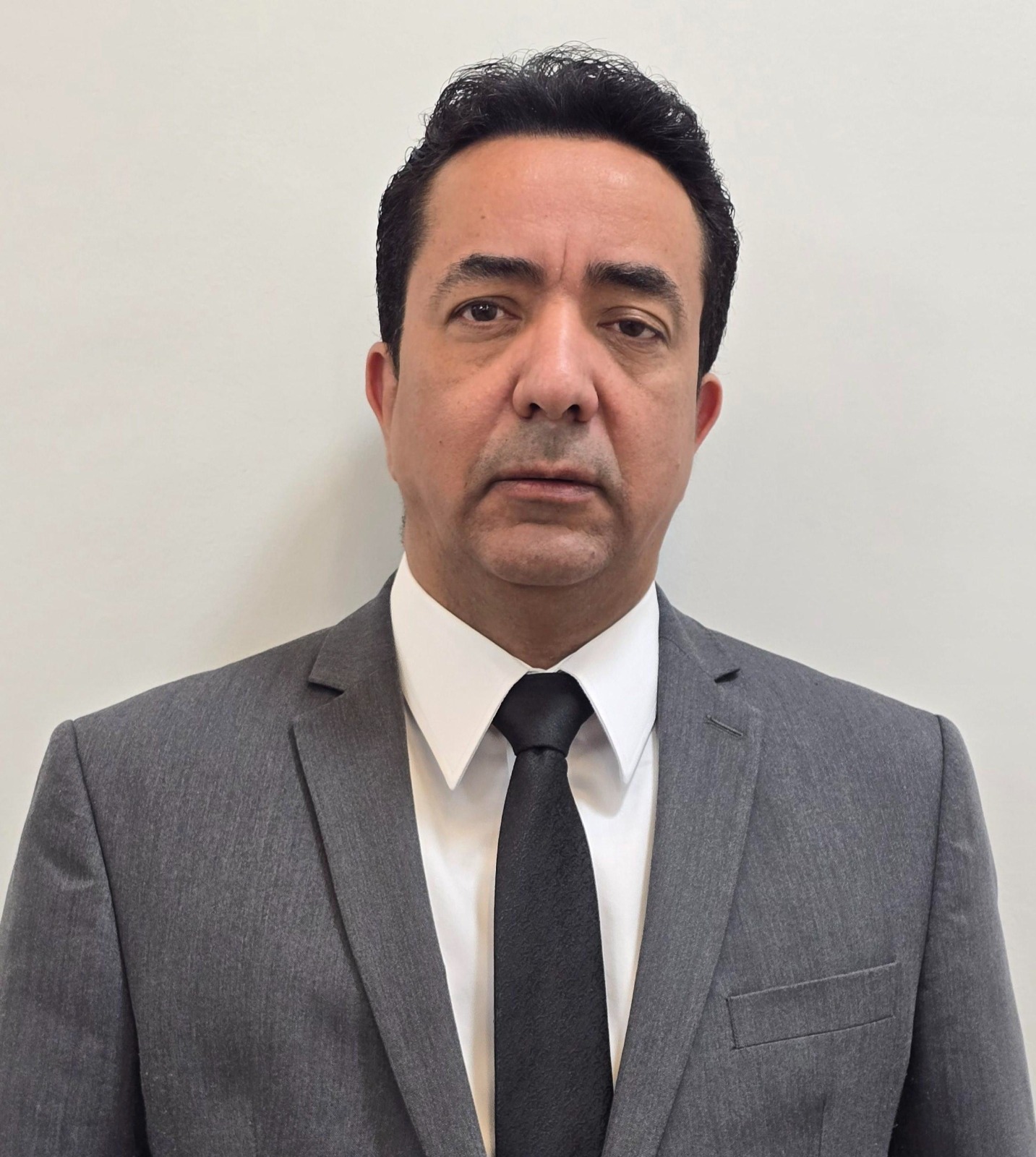Libya

- APPO
- MEMBERSHIP
- Libya
summary
Libya is a North African State that is part of the Maghreb and is situated in the northern part of the African continent, bounded to the north by the Libyan Sea. It is framed by Egypt to the east, Sudan, Chad and Niger to the south, Algeria and Tunisia to the west.
Libya is the 16th largest country in the world in terms of land mass, comprising around 1,760 thousand square kilometers. More than a quarter of the country’s six million plus inhabitants live in its capital city, Tripoli. Libyan on the northern fringe of the Sahara, the country does not have significant coastal mountain ranges, capable of acting as a barrier to desert drought. The desert, under which an area of 1,775,500 square kilometers, sparing only two small coastal regions, with a slightly more vigorous relief, where most of the population has settled.
Crude Oil Production in Libya averaged 1314.56 BBL/D/IK from 1973 until 2022, reaching an all-time high of 2370 BBL/D/IK in October of 1973 and a record low natural resources are natural gas and gypsum.
The oil and gas sector is the most important sector in the Libyan economy, as it represents the main source of income in addition to being the highest percentage in the composition of the Libyan Gross domestic product (GDP). Oil was first discovered in Libya in 1957. One of the most important advantages of the oil and gas sector in Libya is the quality of the produced crude oil in terms of density and the lack of impurities, as well as the proximity to global consumption markets, which reduces the cost of transportation, movement, and marketing.
The Gross Domestic Product (GDP) in Libya was worth 25.42 billion US dollars in 2020, according to official data from the World Bank. The GDP value of Libya represents 0.02 percent of the world economy.
Libya’s economy depends primarily on the oil sector, which represents about 69 per cent of export earnings. Moreover, the oil and gas sector accounts for about 60 per cent of total GDP. Substantial revenues from the energy sector, coupled with a small population, give Libya one of the highest per capita GDPs in Africa.
Libya’s climate is dominated by the hot arid Sahara, but it is moderated along the coastal littoral by the Mediterranean Sea. The Saharan influence is stronger in summer. From October to March, prevailing westerly winds bring cyclonic storms and rains across northern Libya.
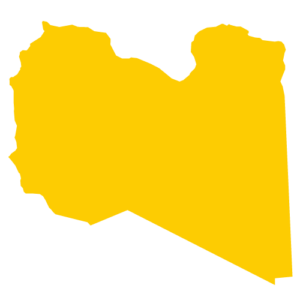
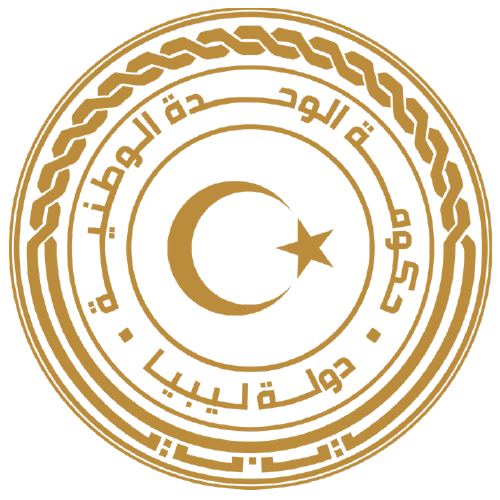
Independence Day
December 24, 1951
Official language
Arabic
Capital
Tripoli
Main cities
Benghazi, Sabah
Population
6,871,292
Proven natural gas reserves
1,505 (billion m3)
Proven crude oil reserves
48,363 (million barrels)
Crude oil production (2018)
951,2(1 000 b/j)
Marketed production of natural gas (2018)
13,880.0 (million m3)
Production of petroleum products (1,000 bbls/d)
70
Money/Currency
Libyan Dinar
Gross domestic product (GDP) nominal (2020) billion US dollars
$ 25.42
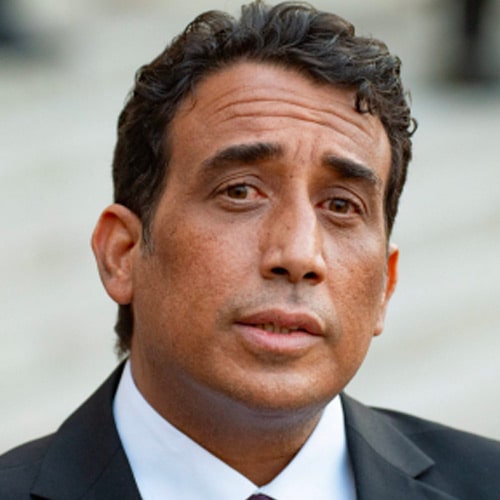
H.E. Mohammed El-Menfi
President
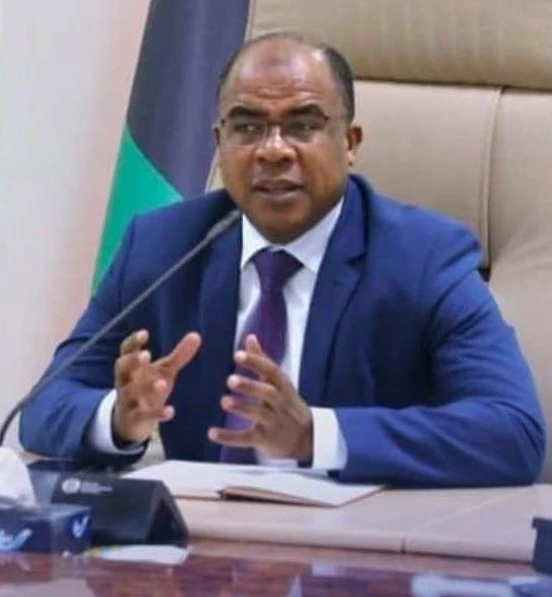
Dr. Khalifa R. Abdul Sadek
Minister of Oil and Gas

M. MASOUD SULEMAN MOUSSA
CEO of NOC
